The Landscape Lab, on the campus of the University of Utah in Salt Lake City, is a stormwater management landscape designed that serves as stormwater infrastructure but also as a research and demonstration facility. The steep slopes of the catchment basins represent standard institutional landscape practice: plants are planted into holes in weed barrier fabric and provided with drip irrigation and a thick layer of rock mulch. A landscaping company is contracted to maintain these areas, which consists of weeding, raking the rock mulch back into place, picking up trash, deadheading flowers, trimming new growth into tidy shapes, and more severe pruning taking place in the fall. In contrast, the bottoms of the basins have irrigation and mulch but no weed barrier, and are the jurisdiction of a research team, who limit interventions to removing any plants that are listed by the state as noxious weeds, and to occasionally introducing new species or additional plants for trial purposes.
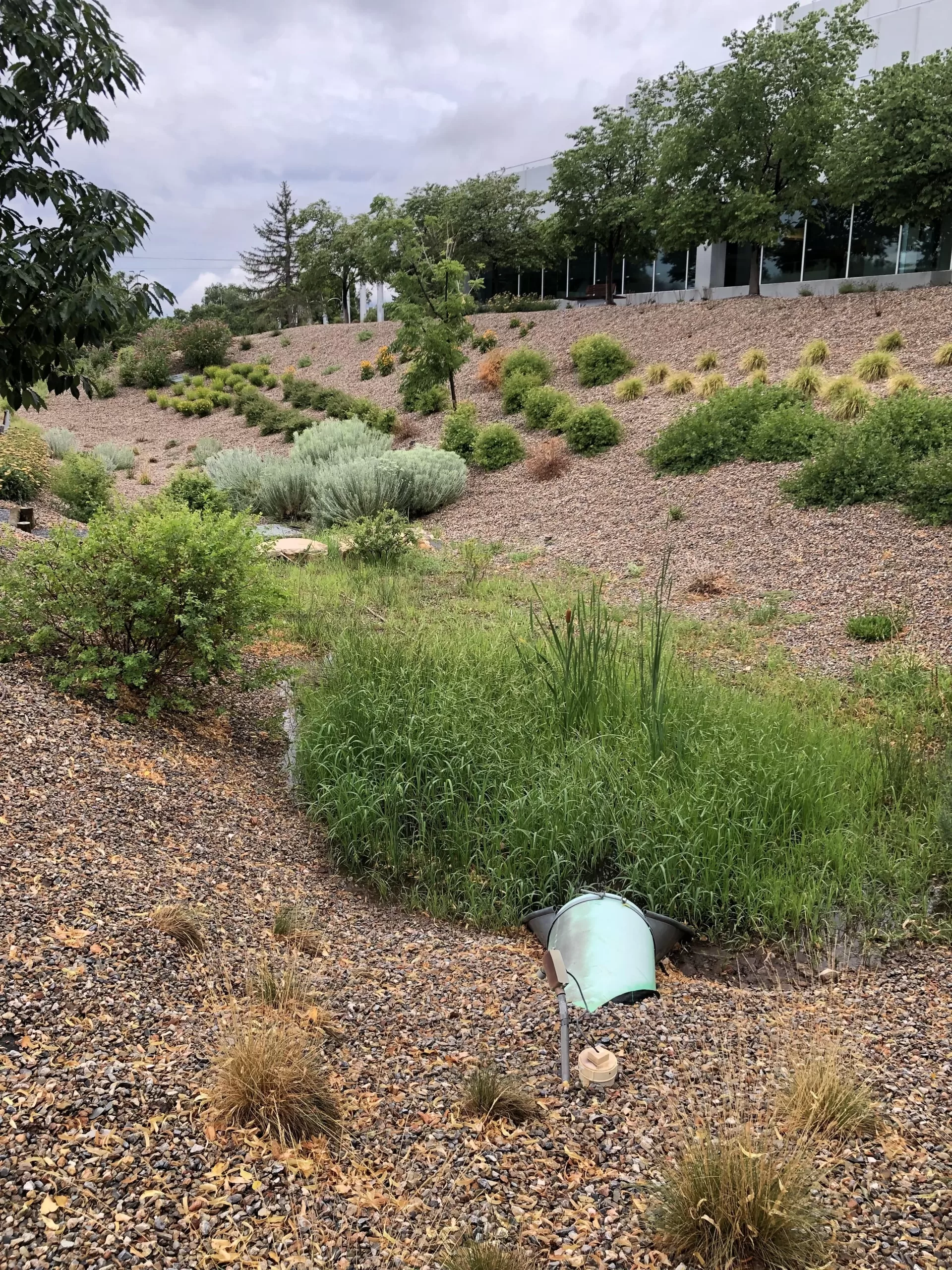
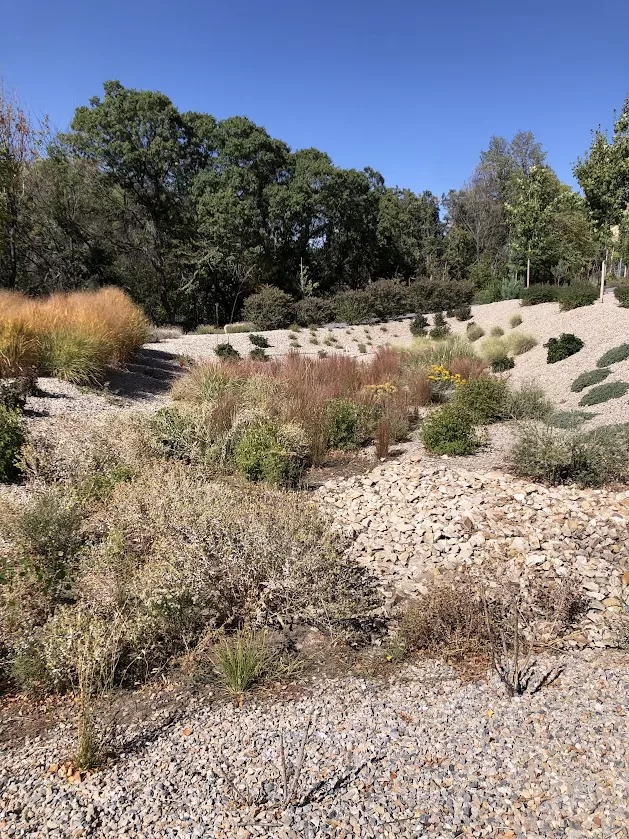
The first two of eight catchment basins are shown in the photographs, where spontaneous wetlands have formed at the outfalls. Cattails appeared within the first two years and any plants with the ability to tolerate saturated soil have established and spread to create a thriving and diverse mini wetland ecosystem. In other, drier catchment basins within the Lab, native species (both those originally planted in the landscape, and others that have appeared spontaneously) have successfully established beyond where they were originally planted, resulting in unique patterns and assemblages that are dynamic from one year to the next. The visual contrast between the slopes and the basin bottoms, side by side, is striking. The only difference at the time of the original planting of the site was the absence of landscape fabric in the bottom of the basins.
The dynamic, spontaneous plant assemblages that have emerged in the Landscape Lab catchment basins can exist only because those basins are exempt from standard landscaping practices (weed barriers, deadheading, etc.). The evidence here indicates that relaxing the degree of micromanagement we exert over urban landscapes doesn’t necessarily lead to disaster; it can result in aesthetically and ecologically beneficial outcomes. We endorse an approach to thoughtfully dialing back our rigid control of urban landscapes. Focusing on plants, we’ll show that we can recognize non-human constituents of the urban ecosystem as actors and interactors, not as mere passive objects to be arranged in inert spaces. To allow non-human actors to act, while still preventing them from creating serious environmental problems, we can think of these actors as having rights (in a metaphorical sense if not a legal one). Rights are safeguards that both create a space for free action and set bounds for where that freedom ends. That’s the balance we need to strike when it comes to non-human participants in urban ecosystems, and the way we micromanage urban ecosystems means we tend to be far from that balance. We can safely see plants (etc.) meriting more space for action—more right to act according to their own purposes—than we currently give them. We’ll close by explaining what these metaphorical rights entail in practice.
It is possible to place every non-human living thing you might encounter in a city into one of two categories with regard to human actions: intentional or unintentional. If it falls into the intentional category, humans will probably take care of it by providing it with resources, protecting it from harm, etc. On the other hand, if it falls into the unintentional category, humans will probably try to kill it or at least discourage it. (There is a third category of organisms that are unintentional but generally desirable, such as songbirds or butterflies, which won’t be the focus of discussion here but is an interesting category in its own right.)
Importantly though, even within the intentional category, most species are subject to heavy-handed control. We put tremendous care into grass lawns, for example, but that grass is mowed and rarely flowers and goes to seed. Many desirable plants that are allowed to flower are “deadheaded” before they set seed, and if they should succeed in reproducing, the baby plants are likely to be “weeded” out, as they are probably growing where they weren’t intended to grow. Indeed, many of the plants we choose are horticultural varieties or hybrids that may not even be capable of complete reproduction on their own. Beyond plants, even our household pets are often spayed or neutered so they don’t reproduce, and their movements, activities, and interactions are highly controlled. In this sense, to be a favored species within the urban environment is nevertheless to live a highly restricted existence.
This level of management is, of course, the key distinction between urban nature and “wild” nature. For contrast, let us think about the concept of wilderness (just the concept, since perhaps no true wilderness exists anymore, or even ever did, since much of the land today identified as wilderness has had indigenous stewards for millennia). Wilderness is a place where humans do not actively manage the business of other species. Plants, fungi, and microbial life are free to grow and reproduce wherever they can, limited only by available resources and species interactions. Animals are free to wander and forage and reproduce as best they are able. All of these species, interacting with one another within the opportunities and constraints of the environment, constitute an ecosystem and in the absence of human manipulation we call it “wild”. An ecosystem is self-organizing, in the sense that it’s generated by these bottom-up interactions rather than managed to fulfill overarching purposes. It’s striking how well ecosystems self-organize. There need be no designer or governor calling the shots in order for an ecosystem to make efficient, effective use of the space and resources it occupies.
We don’t want our cities to be wilderness, because cities do have overarching purposes that they need to fulfill, as sites of human habitat, commerce, and culture. That means cities require some top-down management. But even though they’re not wilderness, cities are still ecosystems, and if we micromanage an ecosystem, we stifle the effective self-organizing that comes from organisms going about their own business, reducing the efficient and effective productivity of that ecosystem. The question then becomes one of balance, about how to manage our cities without stifling all the wildness that lets non-human city-dwellers engage in productive business. How can we have some beneficial urban wildness without creating problematic urban wilderness?
The answer we’re suggesting is the same way we balance freedom and control with human citizens: through systems of rights and other boundaries. Consider a useful analogy between ecosystems and economies. Top-down micromanagement of an economy isn’t efficient or effective. Healthy economies are driven by individual actors going about their business and interacting with each other. This doesn’t entail a fully hands-off approach to economics. Policymakers can create conditions that enable economic actors to flourish, for example, by funding research and development, or by creating effective systems of contract enforcement. They also need to intervene in cases where an actor threatens the health of the broader economic system, as in cases of monopoly, fraud, and so on. But if the leaders of a city tried to fully manage its economy, the result would be disastrous. That’s fairly obvious to most of us when it comes to economies, but we consistently make the analogous mistake with the urban ecosystem. There are cases where heavy-handed intervention in the urban ecosystem is necessary, such as when a plant species becomes an ecological monopolist, or when an animal is serving as a disease vector. But much of the time, we aim for the environmental analogue of a planned economy, and prevent the non-human actors in that ecosystem from going about their business in productive ways. That’s not an effective way to run an ecosystem. Better to think of plants and animals (and fungi, etc.) as actors with something like the right to pursue their own business, up until their activities infringe too much on the activities of other human and non-human citizens.
This isn’t as radical an idea as it might sound at first.
Ethicists have explored various concepts that give non-human beings moral standing, in order to give greater consideration to the effects of our actions on ecosystems, to be better stewards of those ecosystems, and to “do better by” non-human life. One successful approach has been to establish that the moral standing possessed by non-human nature entails legal standing, that is, rights. Often, this has been driven by political action by indigenous communities, as in the 2017 recognition of the legal personhood of the Whanganui River in New Zealand, which was in part a settlement of treaty obligations to the Māori. Other jurisdictions have followed New Zealand’s example, with notable examples including the contested cases of the courts in India and Colombia granting rights to the Ganges and Atrato rivers respectively, as well as Yurok Tribal Council granting rights to the Klamath river. Other movements to grant rights to non-humans have been driven by scientific advances. As researchers have documented emotion, memory, intelligence, communication, and other complex behaviors in many species, activists have pushed for the recognition of legal personhood for animals and some plants. In a few cases, such as the great apes, some legal systems have recognized the personhood of non-human organisms. Perhaps the most ambitious example of the rights approach, however, is the Constitution of Ecuador, which recognizes that all nature “has the right to integral respect for its existence and for the maintenance and regeneration of its life cycles, structure, functions, and evolutionary processes”.
Our subject is planning and management, not constitutional law, so we’re not arguing for the establishment of legal rights for urban non-humans here. But taking seriously “integral respect” for the “life cycles, structure, functions and evolutionary processes” of all urban organisms serves as a way to calibrate our thinking towards a healthy urban ecosystem somewhere in between unruly wilderness and micromanaged sterility. So, what does a city look like if we apply a lens of rights and personhood to the other living things that inhabit the city alongside us? What does it mean if the street trees, birds, rats, squirrels, dogs, insects, and flowers are not “environment” but “neighbors”?
What do rights and responsibilities look like in practice? We are proposing to treat plants as actors rather than as passive objects in landscapes. If plants have the right to go about their business, what is the “business” of plants? We would argue that it has two parts: 1) a simple right to existence, in this case, the chance to establish and grow if they can, and 2) a right to reproduce if they can, including sexual reproduction (flowering, setting seed or fruit, dispersing said seed or fruit). As an example, the Society for Ecological Restoration provides a useful framework for monitoring the success of restoration projects in which key indicators include evidence of plants spreading and reseeding, and self-organization (Gann et al. 2019). Self-organization in ecosystems is where organisms come into contact with one another (e.g. two plants spreading until they begin to occupy the same space) and then work it out between them how that space will be shared. Sometimes there’s a winner and a loser, but often there is an agreement to share resources (called niche partitioning in ecology).
So, plants-as-actors can grow and spread, reproduce, interact with other actors, and influence their environment in various ways. But they must abide by certain limits, including leaving space for other actors. With rights come responsibilities, especially in cities where we all need to get along while living together in high densities. What are the responsibilities of plants in cities? Again, looking at our human systems, our responsibilities as citizens are essentially to go about our business without excessively or unduly infringing on others going about theirs. For a plant species, this might mean refraining from the following “not nice” plant behaviors: completely taking over a space to the exclusion of all others, poisoning or making others sick, or damaging infrastructure. How do we hold plants to those responsibilities? Since we can’t just “let them off with a warning” and hope they’ll behave themselves, we will need to resort to some of those practices discussed in the beginning: mowing and pruning, preventing seed production, physical removal, etc.
Doesn’t this just bring us back to where we started then? In granting rights and responsibilities to urban plants, haven’t we now just made an argument for the very practices we eschewed in the beginning? Yes, but we’ve probably scaled those practices back to a considerable degree, because we’ve elucidated a rationale, and therefore a set of criteria, for taking such actions. Adopting a plant rights approach leads, for example, to the elimination of the use of plastic landscape fabric, because it denies plants their rights to establish and spread. In the absence of landscape fabric, and cessation of deadheading, we will often end up with more complete vegetation cover in a landscape, as seen in the basin bottoms in the landscape lab, which leads in many cases to other beneficial outcomes such as mitigation of urban heat island effects and enhanced nutrient cycling. In semi-arid climates such as here in Utah, we can still have good vegetation cover at low water cost if we allow plants to self-organize into an ecosystem that naturally limits itself to the available resources.
A plant rights mindset also leads us to think carefully before applying the term “weed” to a particular plant individual. A weed is just a plant growing in the wrong place at the wrong time and is thus an entirely contextual label. The exception might be the very few species that are such notoriously bad actors in a plant community that they should be discouraged on sight in almost any location. These are species that just don’t play nice, and even if they’re not a threat in one location, we just don’t want their propagules getting out into other locations. We suspect, however, that whether a particular species is a bad actor is highly context-specific, and given the diversity of context within a city, we should be skeptical of context-independent lists of bad plants, whether those are lists of “noxious weeds” or even of “invasive” plants (Kung et al. 2023).
Taking a rights perspective on plants in urban ecosystems suggests a significant reduction in practices like laying down plastic weed barriers, deadheading, and removing “weeds” solely on the basis of acontextual lists of problem species, among other things. We recognize that it’s hard to relinquish control once you’ve established it, but these aren’t radical steps. They don’t require formally granting plants legal rights. They can be implemented and experimented with gradually at any particular site. And, as we let plants go about their business, they’ll shoulder more of the workload, which could reduce the costs of landscape management. Respecting plants (and non-human wildlife in general) as actors and co-citizens doesn’t just make sense morally, it’s a practical way to harness their activity for healthier urban ecosystems.
about the writer
Sarah Hinners
Sarah Hinners is a landscape and urban ecologist focused on bridging the gap between academic research and real-world planning and design applications. She is the Director of Research and Conservation at Red Butte Garden and Arboretum in Salt Lake City, Utah.

about the writer
Carlos Santana
Carlos Santana is an Associate Professor of Philosophy at the University of Pennsylvania. He works with researchers studying global change to navigate social and conceptual issues raised by their research.
Sarah Hinners and Carlos Santana
Salt Lake City and Philadelphia
References:
Gann, G. D., McDonald, T., Walder, B., Aronson, J., Nelson, C. R., Jonson, J., … & Dixon, K. (2019). International principles and standards for the practice of ecological restoration. Restoration ecology, 27(S1), S1-S46.
Kung, K., Teixeira, L. H., Travassos-Britto, B., Eser, U., & Santana, C. G. (2023). Embracing change: Invasive species and novel ecosystems. GAIA-Ecological Perspectives for Science and Society, 33(1), 152-157.

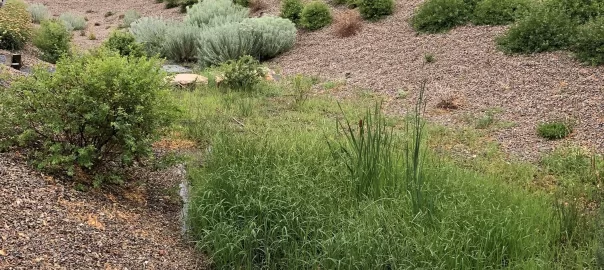
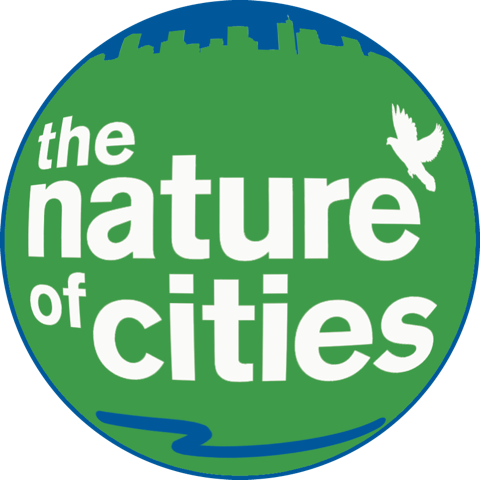
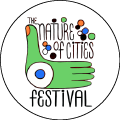
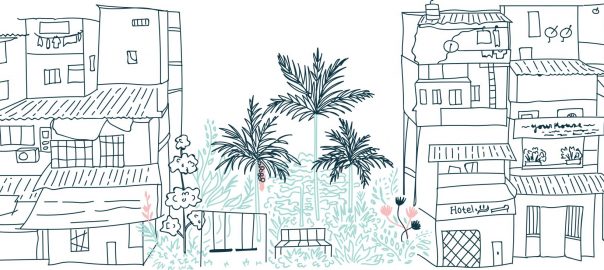
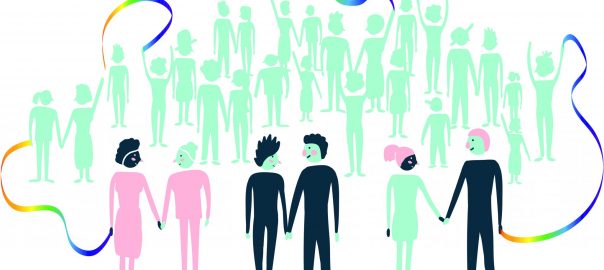
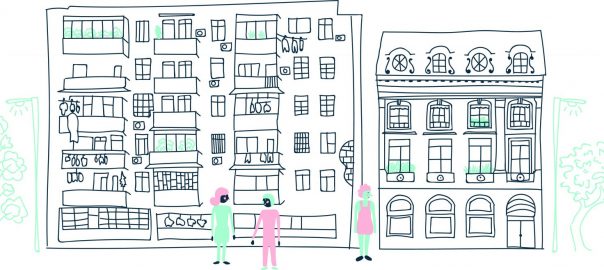
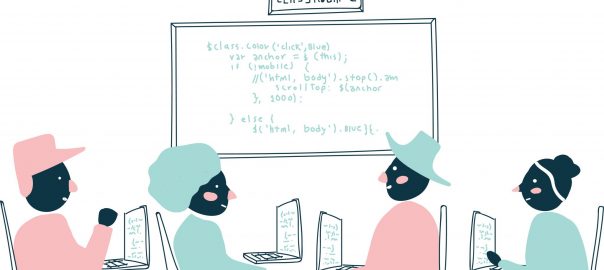
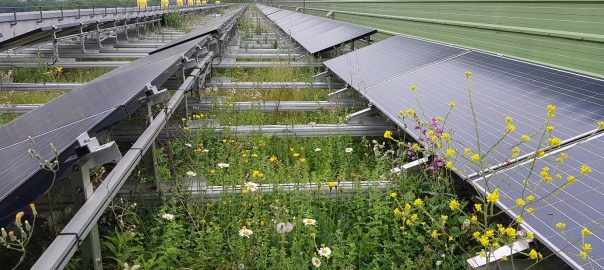
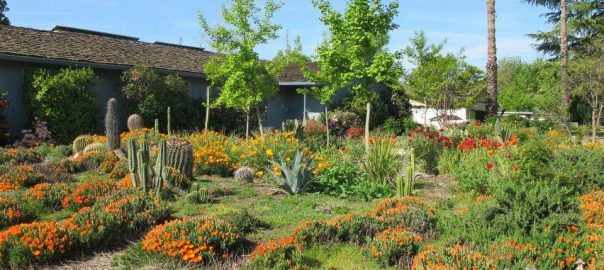
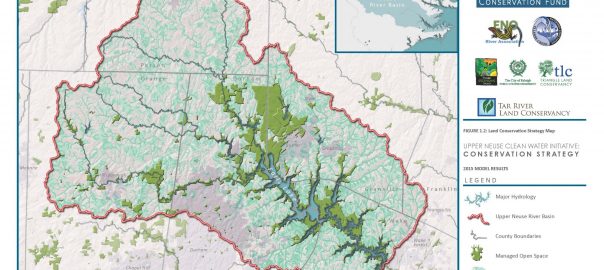
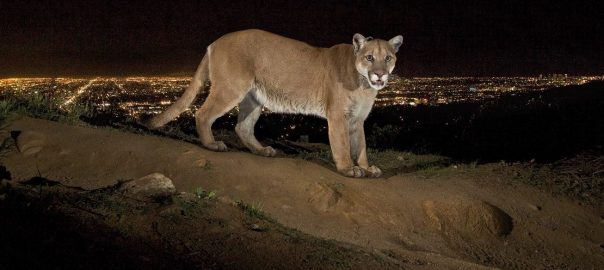
Add a Comment
Join our conversation